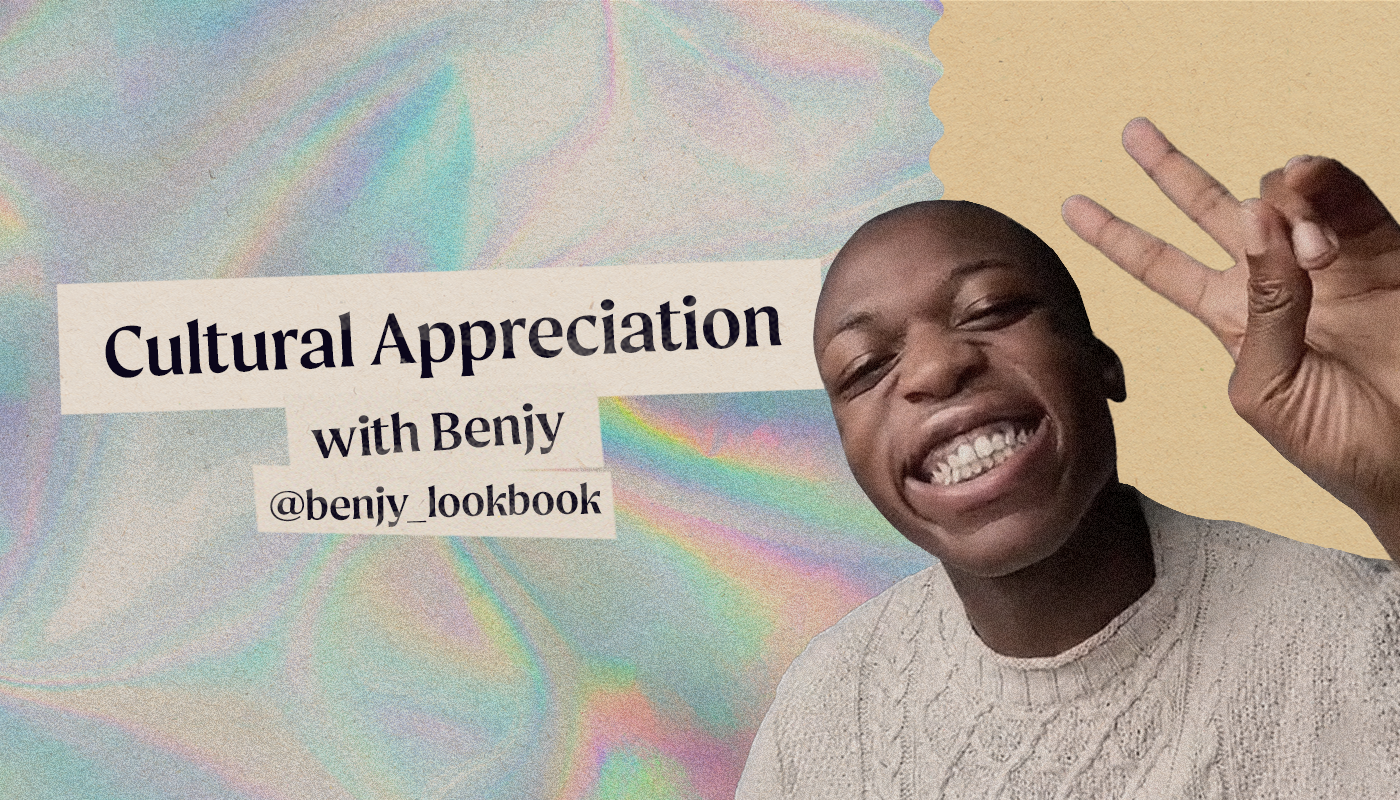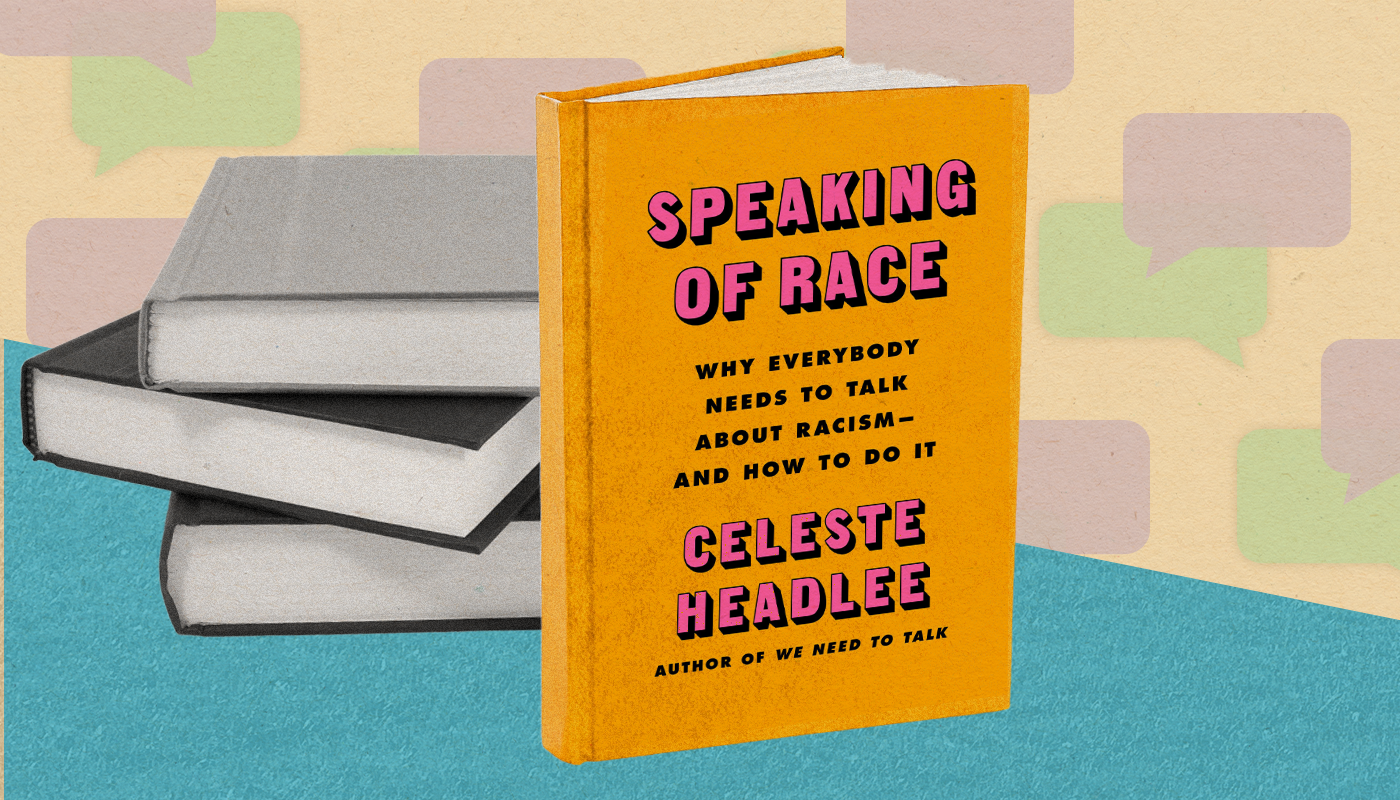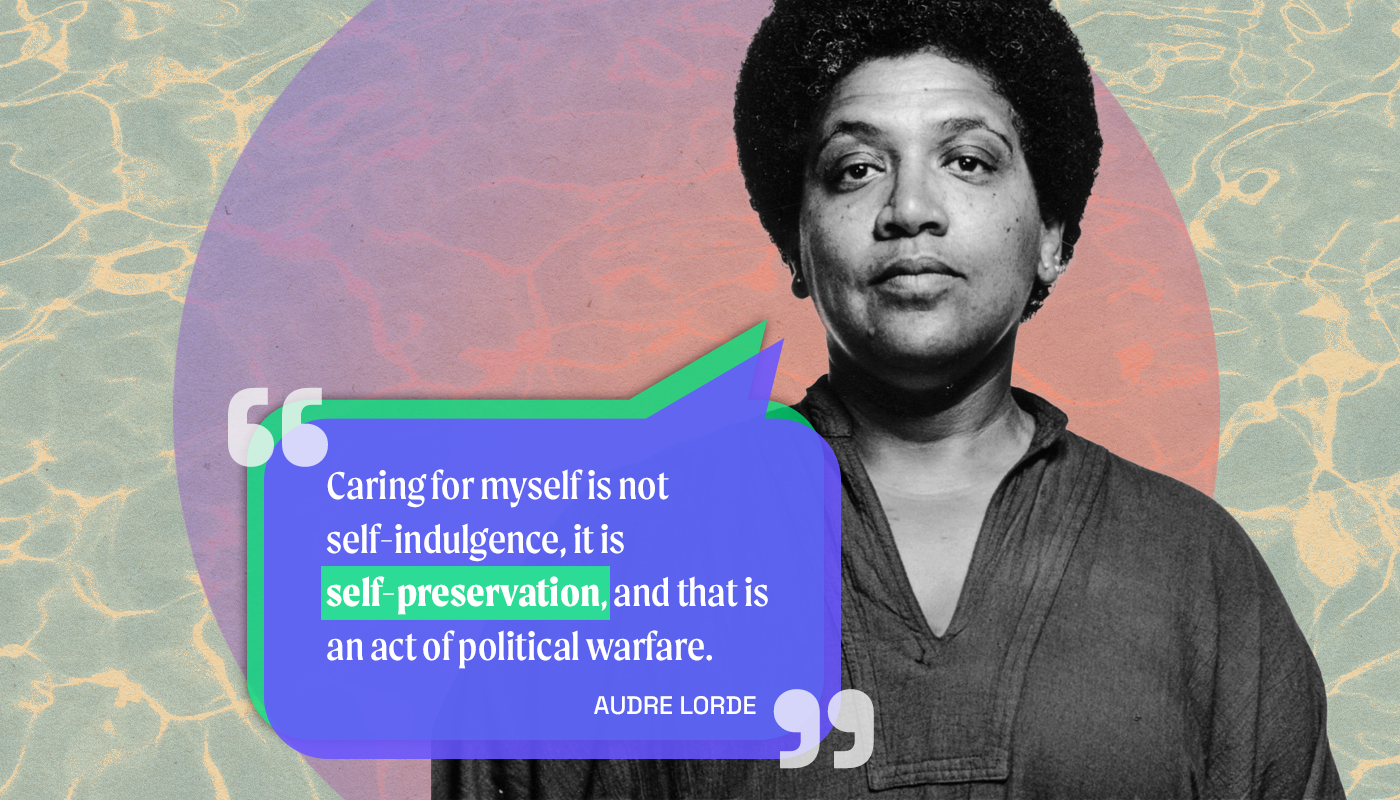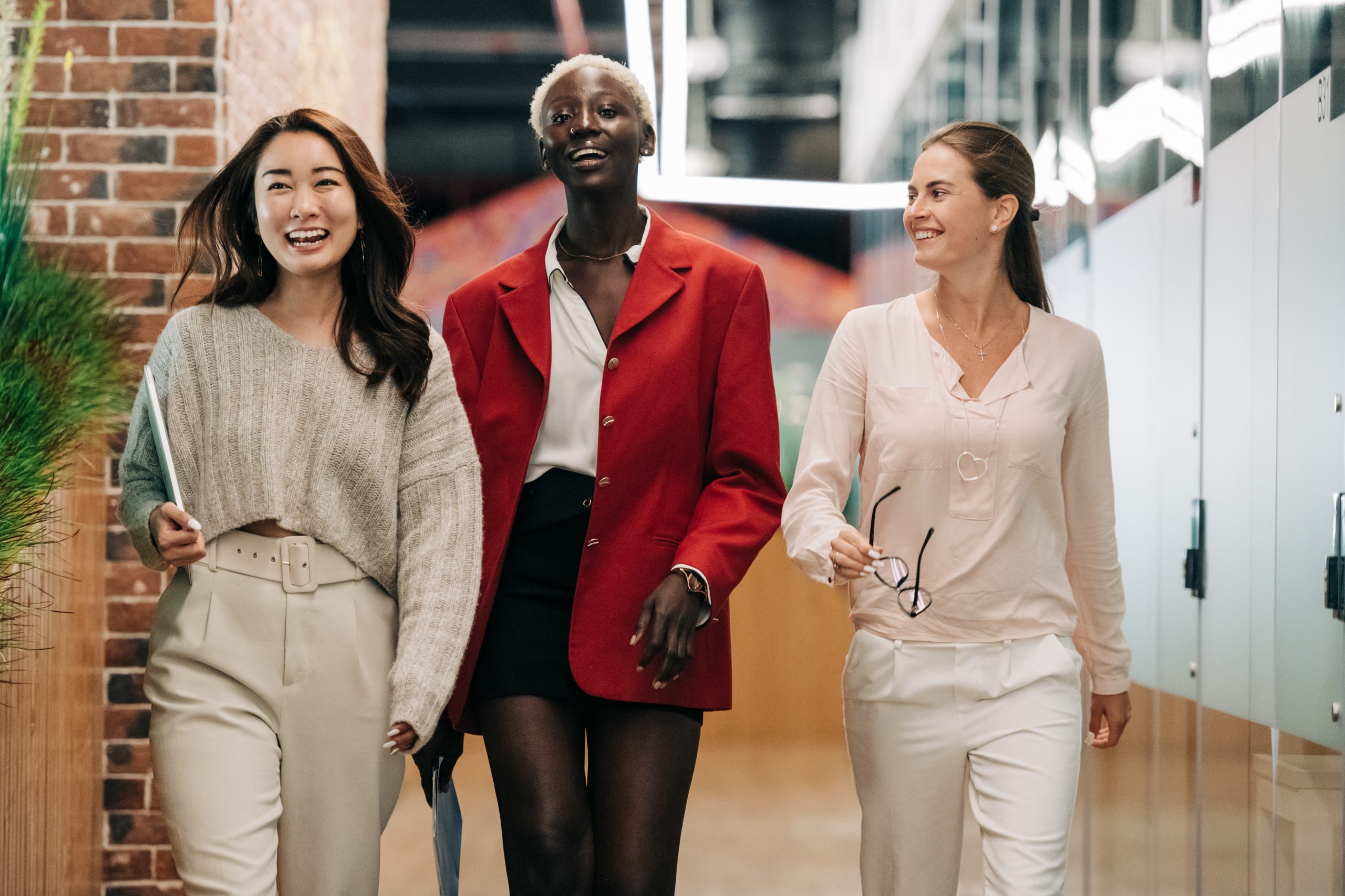How to appreciate culture without appropriating
Take steps to engage with cultures responsibly.

It’s important to be aware of the difference between appropriation and appreciation when producing work that engages with other cultures. Getting this wrong can harm members of marginalized groups and cause you or your organization to face considerable backlash.
Proof of this can be seen in the stark contrast between the impact and reception of Nike’s Pro Hijab and Gucci’s “Indy Turban.” Both are culturally informed clothing products sold for profit, but the former is like wearing a traditional Ghanaian garment to a Ghanaian wedding, and the latter is like wearing the same garment to Coachella.
Culture is appropriated rather than appreciated when you take elements of a culture in a way that is unfair and lacks awareness. Professor James O. Young highlights five ways this can occur in his 2010 text “Cultural appropriation and the arts”:
- Object appropriation: when an item is taken, eg. The Parthenon Marbles.
- Content appropriation: when something intangible is taken, eg. a story or song.
- Style appropriation: when an approach is taken, eg. a painting technique or music style.
- Motif appropriation: when elements of a culture are taken as inspiration, eg. Picasso’s period of work that was influenced by African art.
- Subject appropriation: when someone represents a cultural experience that isn’t theirs, eg. fictional authors who do not draw from experience.
So, what is it about cultural appropriation that is harmful in a way that distinguishes it from appreciation?
Young defines the distinguishing harmful factors as theft and misrepresentation. When a cultural item is taken without permission, the original owner loses their ownership and the benefits this entails, such as monetary compensation. The item can also be misrepresented in a way that is harmful to the culture it comes from.
This is therefore an issue predominantly faced by members of marginalized cultural groups, at the hand of dominant groups. Such groups can lack visibility and voice in society, and therefore the autonomy to challenge ownership and the impact of misrepresentation. It is this structural power imbalance that makes cultural appropriation unfair and harmful. In the same vein, when members of marginalized cultures assimilate to adopt elements of a dominant one, this is not appropriation, as ownership is not disputed.
An example is the appropriation of Indigenous American imagery and themes by sports teams in the USA, as spotlighted on Twitter by Representative Deb Haaland:
The sooner we recognize the damage that Native American mascots do to perpetuate harmful stereotypes, the sooner we can address longstanding misunderstanding & racism toward Native communities. Great by work Maine Rep. Benjamin Collings & @GovJanetMills.https://t.co/5ERBwsH4Bl
— Rep. Deb Haaland (@RepDebHaaland) May 22, 2019
Groups such as the American Indian Movement have fought since the 1970s to drive awareness, of the harmful stereotypes perpetuated by teams with names featuring derogatory slurs. However, such cries have predominantly been ignored. The now Washington Football Team only decided to change their name in July 2020 following considerable financial pressure from sponsors.
Another example is the adoption of culturally black hairstyles, such as locs. Such styles are consistently taken and used for profit by non-Black individuals, for example by Marc Jacobs for his Spring 2017 collection. Yet, the first state to introduce laws that make it illegal for Black people to be penalized for wearing their hair in natural or protective styles was California in 2019. This is still a defensible action in many states in the US, driven by a historic perception of such hair as unkempt.
Both issues highlight how cultural appropriation harms marginalized groups, depriving them of ownership, and the benefits entailed while making them vulnerable to harmful misrepresentation.
How then, can we safely engage in cultures that aren’t our own without participating in appropriation?
1: Ask questions
When producing work that engages with other cultures, it’s important to keep asking questions concerning ownership and significance, to make sure you are engaging with full awareness and understanding. This makes it easier to understand whether your engagement is fair, or if it is disadvantageous for a particular group. It’s also important to avoid placing undue strain on your marginalized colleagues and direct such questions to those who have the capacity to inform you. Relevant employee resource groups can serve as useful sounding boards, or you could enlist the services of an external consultant who holds a relevant cultural background.
2. Seek feedback
It’s important to also not view marginalized groups as monolithic, and therefore seek a diverse range of feedback on any work that involves cultural engagement. Dior is an example of why this is important. Their August 2019 advertising campaign for the Sauvage perfume line, starring Johnny Depp, received intense backlash from the Indigenous American community for being harmfully misrepresentative. Notably, the campaign was produced in collaboration with the advocacy group, Americans for Indian Opportunity. While the brand may have had positive intentions, this oversight highlights the need for vigor when looking to avoid harmful appropriation of culture.
3. Invest in culturally diverse teams
A 2020 study indicates that working in culturally diverse teams can nurture the cultural intelligence of members over time, specifically stimulating a motivation to approach cultures sensitively, their cross-cultural communication skills, and their ability to adapt to different cultural environments. Striving for diversity in our work environments can help us to engage with and appreciate different cultures with confidence.
Engaging in different cultures can nurture creativity and produce inspired outputs. But we have a responsibility to also ensure that we do so with awareness, and fairness, to protect those among us who lack visibility and voice. This requires a willingness to ask questions, keep learning, and authentically celebrate cultural differences.![]()






